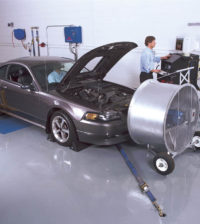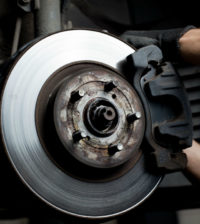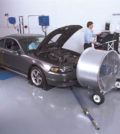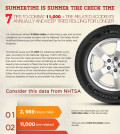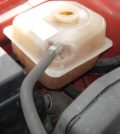- Summertime is Summer Tire Check Time: 7 Tips To Combat 11,000+ Tire-Related Accidents Annually — and Keep Tires Rolling for Longer
- 10 DIY Tips to Add Years to a Vehicle’s Life & Minimize Expensive Repairs
- Defensive Driving Tips to Avoid Costly Repairs As Wintery Driving Conditions Continue to Plague Roads
- AutoPartsWarehouse.com 2013 Child Passenger Safety Tips and Resource Guide
- Top Five Parts to Make Your Vehicle More Fuel Efficient
The Dos and Don’ts of Owning an Electric Car
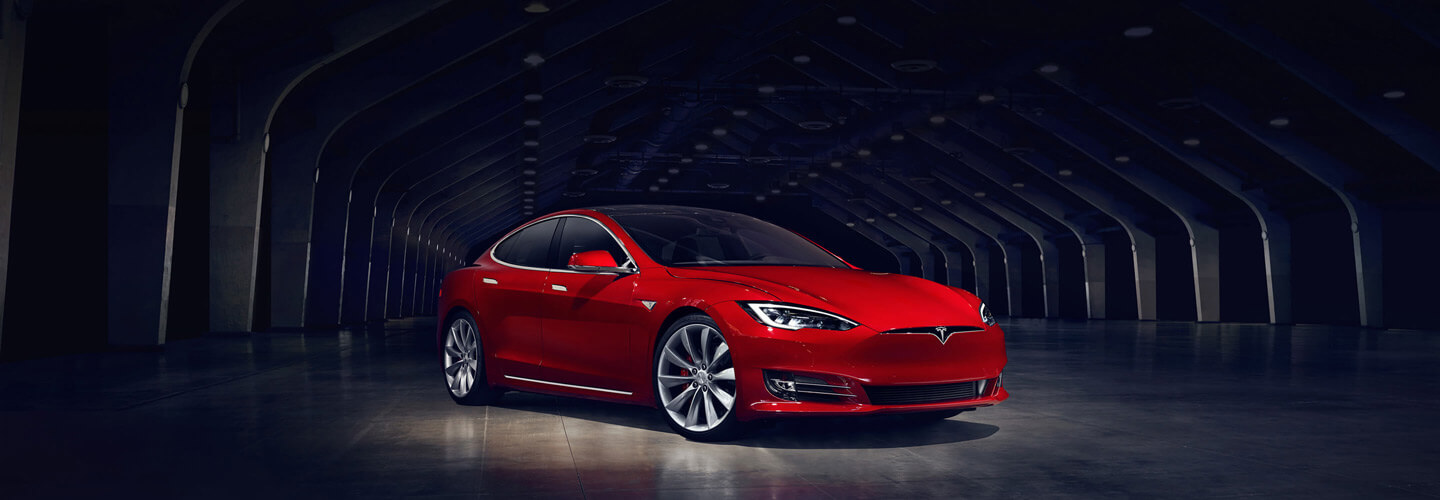 Source: Tesla
Source: Tesla
Whether you’re thinking of buying an electric vehicle (EV) or you already have one, you could surely use some tips on how you can maximize its battery life and extend its lifespan. These Dos and Don’ts for EV owners won’t just save you precious bucks but will also spare you the hassle and embarrassment of running out of battery charge:
DOs:
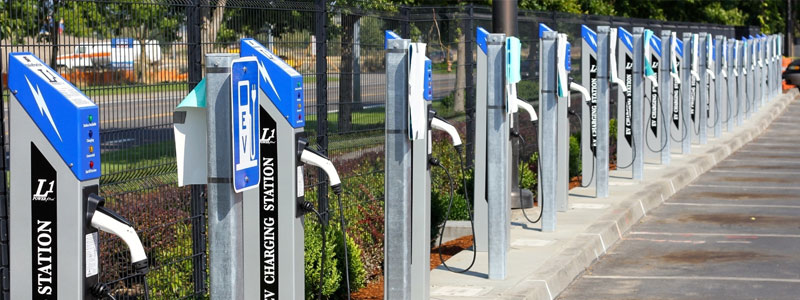 Source: fleetcarma
Source: fleetcarma
Know the charging stations near your work or along your way home.
Find out where you can charge your EV near your workplace and other regular stop points. This way, you’ll know exactly where to go should the first charge point you go to is occupied. If possible, use an app that can tell you where the nearest charging station is. Such app comes in handy when you’re in an unfamiliar place.
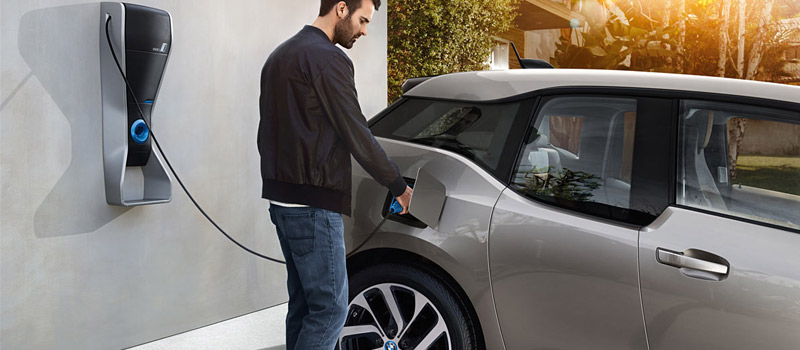 Source: willowglenelectric
Source: willowglenelectric
Make sure your home’s electrical system is ready
Your home’s electrical amperage circuit should be able to accommodate even just one 50 Amp circuit for an electric car. You should hire a licensed electrician or electrical engineer to perform an electric load calculation of your house, so you’ll know the maximum amperage circuit that you can have installed. This is recommended because circuit size has a direct influence in your EV’s charging time.
 Source: fleetcarma
Source: fleetcarma
Go easy on the accelerator.
For an EV, gradual acceleration from a halt is more efficient on the vehicle’s powertrain than actually “flooring it.” While this habit can’t be avoided in stop-and-go traffic, there are several ways to avoid this kind of situation, including leaving your house earlier so you won’t get caught in gridlock traffic, saying no to aggressive driving, and coasting whenever possible.
DON’Ts:
 Source: plugincars
Source: plugincars
Do not let the battery of your EV get fully charged and fully drained.
Pushing a lithium battery to its maximum capacity can actually do you good—it can increase the battery’s lifespan. This is the reason some EVs have a feature that tells owners or the car itself when to stop charging, so they won’t charge up all the way to 100%. The 2011 Nissan LEAF, for one, features a Long Battery Life setting that stops the battery from charging at 80%. Also, not giving your EV’s battery a full charge means leaving a room for the energy from regenerative braking. In most cases, when the battery is full or when there’s no room for the additional energy, regen is disabled so the battery won’t be overcharged.
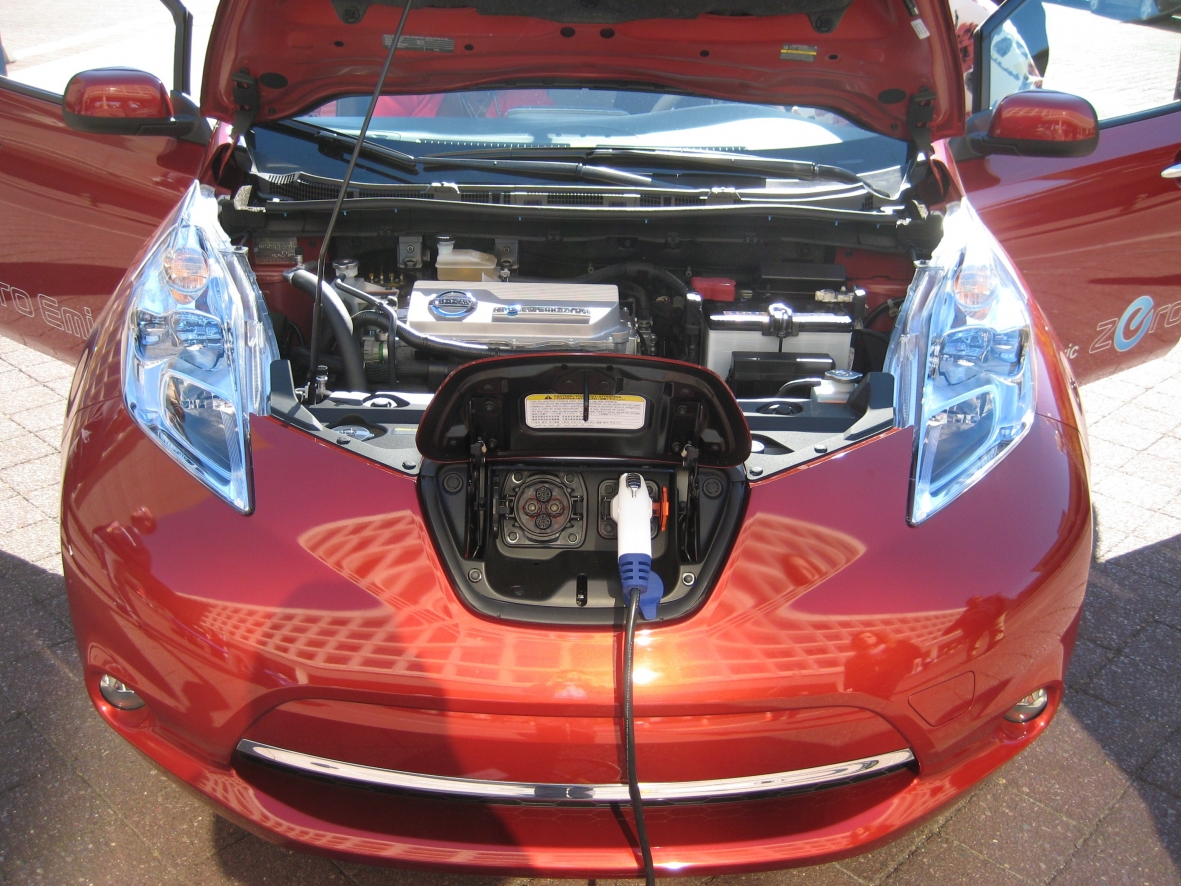 Source: energy.gov
Source: energy.gov
Don’t pass up on your EV’s scheduled maintenance.
One advantage of owning an electric vehicle is that you are spared frequent oil changes and other regular maintenance regimen. But that doesn’t make vehicle maintenance free. Stick to your manual’s recommended maintenance schedule and intervals not only for the battery and other electrical components, but also for the brakes, tires, coolant system, wiper blades, and fluids. If well maintained, the brakes of an EV can last twice as long as a conventional vehicle because regenerative braking makes the pads last longer.
 Source: fleetcarma
Source: fleetcarma
Driving mode settings are there for you to use; don’t ignore them.
Today’s EVs give drivers more control over their ride by allowing them to alter the vehicle’s performance to suit their driving needs, which can be done with a push of a button. Learn the driving modes and features outfitted in your EV and use them as necessary. Used properly, driving modes can increase regenerative braking resistance or control acceleration to save energy.

